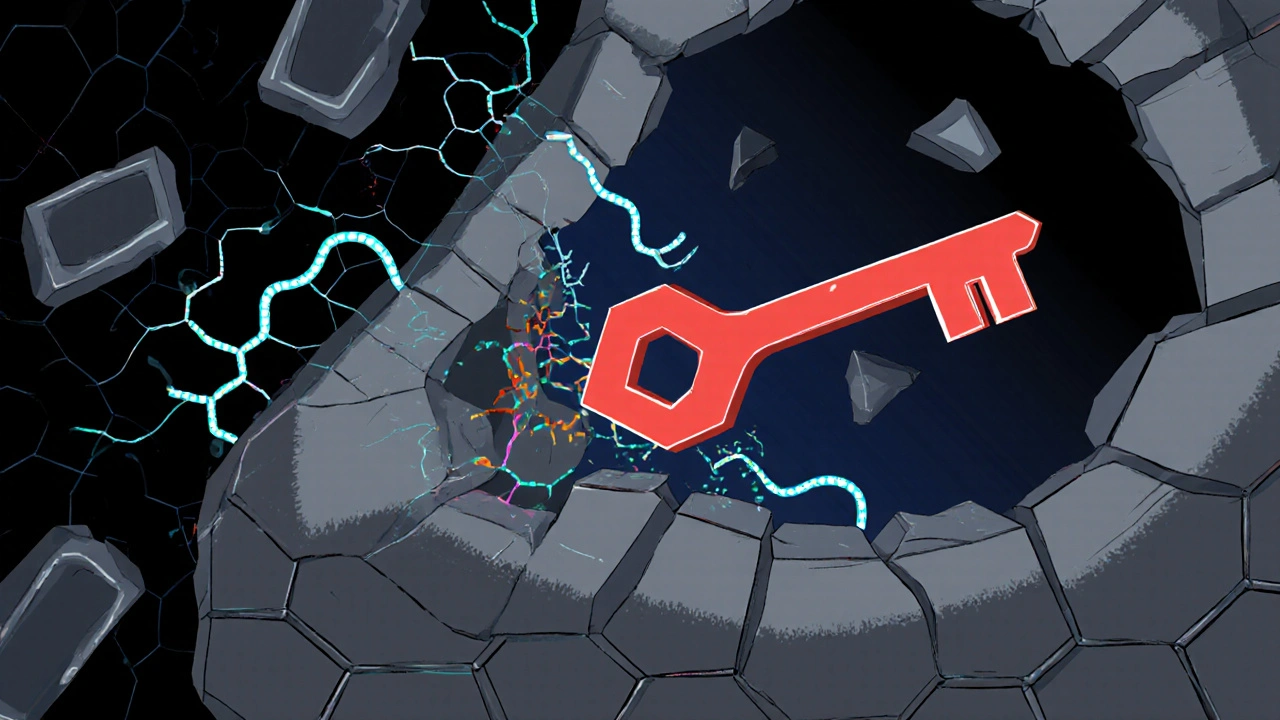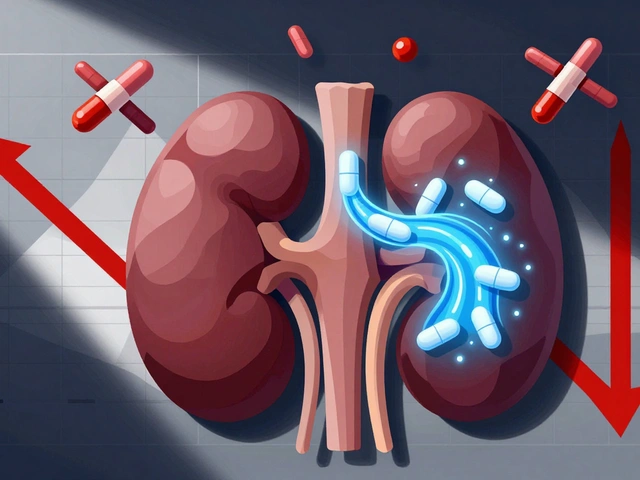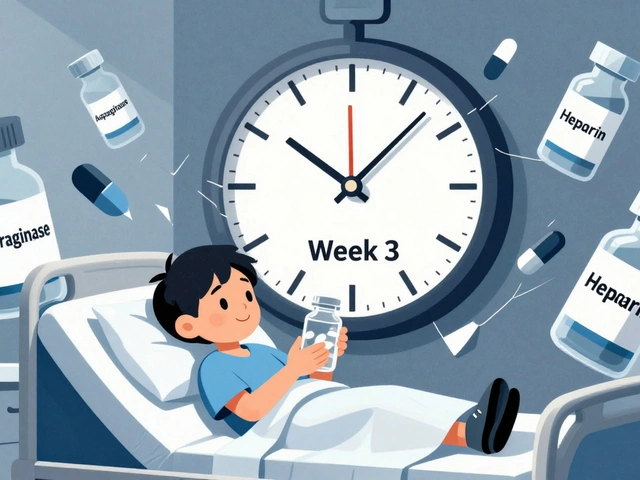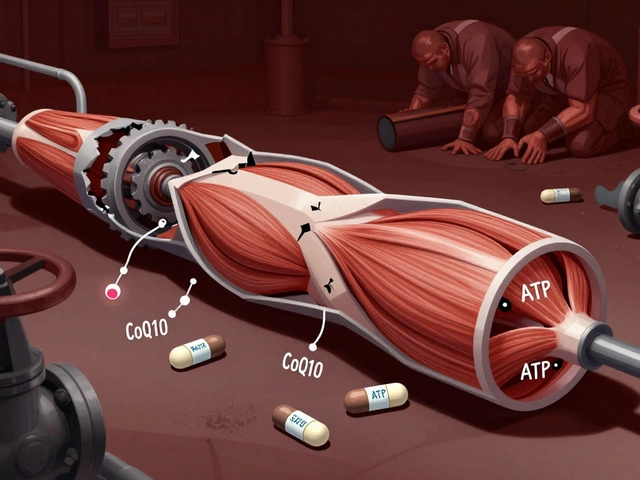Biofilm Infections: What They Are, How They Resist Treatment, and What Works
When bacteria stick together and form a slimy shield on surfaces inside your body, they create something called a biofilm, a structured community of microorganisms encased in a protective matrix that makes them resistant to antibiotics and immune responses. Also known as microbial biofilms, these colonies are behind many of the infections that won’t go away—even after weeks of antibiotics. Think of it like rust forming on a pipe, but inside your body. These biofilms cling to catheters, artificial joints, heart valves, and even damaged lung tissue, turning simple infections into long-term battles.
Biofilm infections don’t behave like regular infections. Normal bacteria floating freely in your bloodstream (called planktonic) are easy targets for antibiotics. But once they settle into a biofilm, they change how they act. They slow down their metabolism, shut down growth, and build walls made of sugars and proteins that block drugs. That’s why a urinary tract infection tied to a catheter might flare up again and again, even after you’ve finished your pills. The same goes for chronic sinus infections, diabetic foot ulcers, or infections around implants. These aren’t treatment failures—they’re biofilm successes.
What makes this worse is that biofilms also protect bacteria from your own immune system. White blood cells can’t reach them. Antibodies can’t penetrate. Even powerful drugs like vancomycin or ciprofloxacin often fail to clear them completely. That’s why doctors sometimes have to remove infected devices—no pill can fix what’s built in. Research shows biofilms are involved in up to 80% of all chronic infections, yet most patients and even some clinicians don’t recognize the signs.
There’s growing evidence that treating biofilm infections requires more than just stronger antibiotics. It means combining drugs, using physical removal methods, or even targeting the biofilm’s glue with enzymes. Some newer approaches use silver-coated catheters, ultrasound to break up the slime, or probiotics to crowd out bad bacteria. It’s not one-size-fits-all. What works for a dental implant infection might not help a lung infection from cystic fibrosis. That’s why understanding how biofilms form, where they hide, and how they resist treatment is critical.
Below, you’ll find real-world guides on how biofilm-related issues show up in medications, why some drugs fail, and what steps can actually make a difference. Whether you’re dealing with a recurring infection, a stubborn wound, or a device that won’t stay clean, these posts give you the practical details you won’t get from a quick Google search.

How Cefuroxime Can Help Treat Biofilm-Related Infections
Cefuroxime can help treat some biofilm-related infections, especially when used in combination with other therapies. It's not a cure-all, but it's a useful tool for specific bacterial strains and infection sites like sinuses and urinary tracts.
read more




